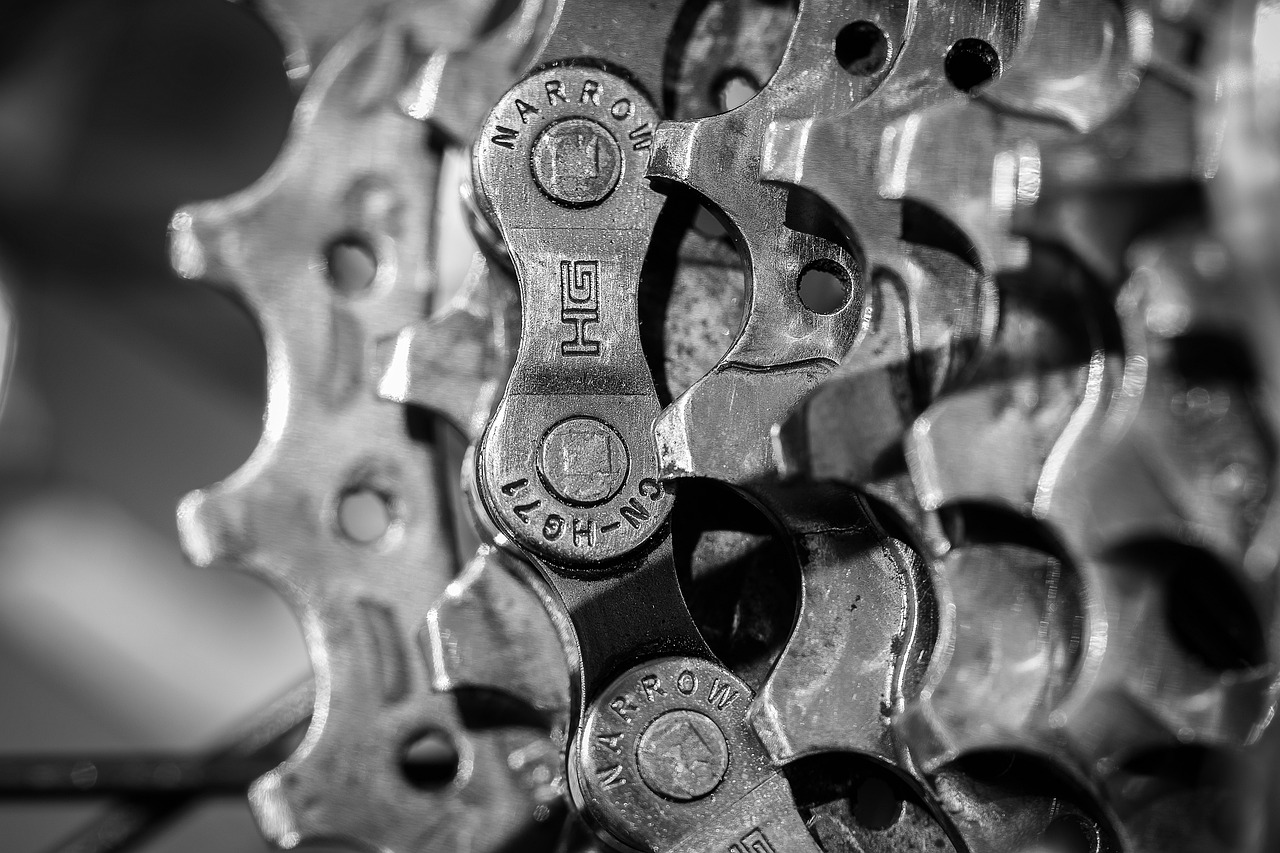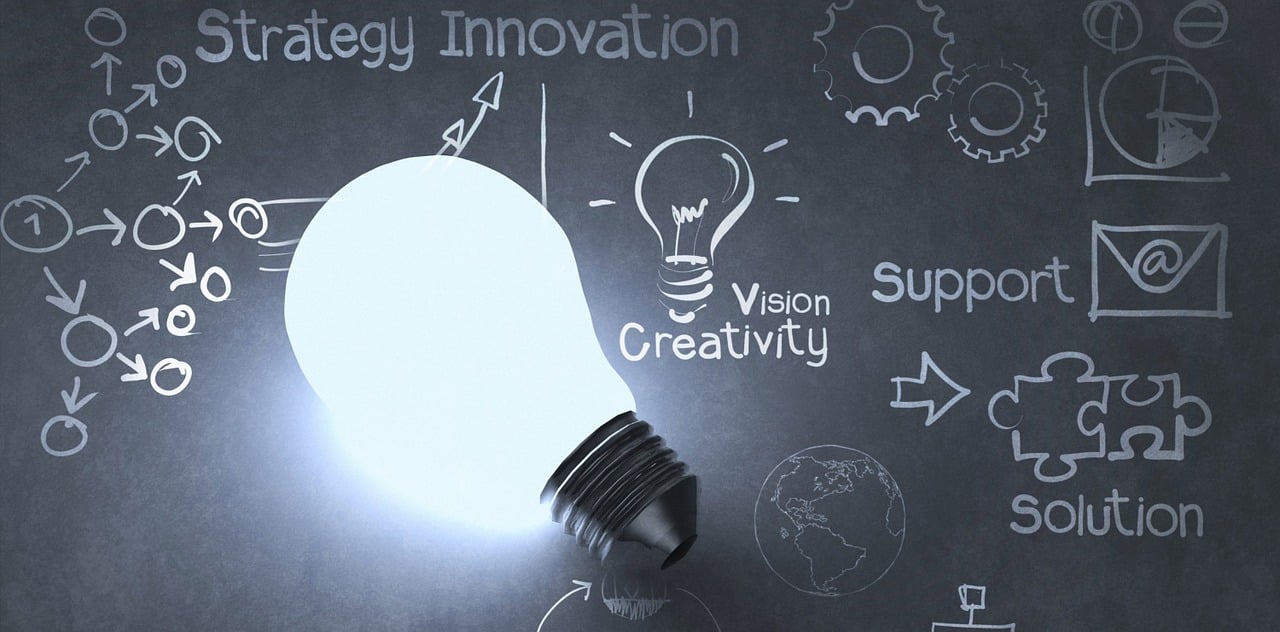**Optics*** (प्रकाशिकी)
The branch of Physics in which we study about nature and properties of light is called Optics. (भौतिकी शास्त्र की वह शाखा जिसमें हम प्रकाश की प्रकृति और गुणों के बारे में अध्ययन करते हैं, प्रकाशिकी कहलाती है)
Optics generally have three branches.
(नोट:- प्रकाशिकी की सामान्यतः तीन शाखाएँ होती हैं।)
(i) Geometric Optics: This branch of optics deals with light in the form of rays that travel in straight lines. It describes how light works with surfaces such as mirrors, lenses, and prisms. Geometric optics is particularly useful for designing optical instruments like cameras, microscopes, and telescopes.
(ज्यामितीय प्रकाशिकी: प्रकाशिकी की यह शाखा प्रकाश को किरणों के रूप में प्रस्तुत करती है जो सीधी रेखाओं में गमन करती हैं। यह वर्णन करता है कि प्रकाश दर्पण, लेंस और प्रिज्म जैसी सतहों के साथ कैसे काम करता है। ज्यामितीय प्रकाशिकी कैमरे, सूक्ष्मदर्शी और दूरबीन आदि जैसे ऑप्टिकल उपकरणों को डिजाइन करने के लिए विशेष रूप से उपयोगी है।)
(ii) Physical Optics Or Wave Optics:- In this section, light is assumed as of a wave nature. It deals with phenomena such as diffraction, and polarization. Diffraction means when light falls on a tiny object, it doesn’t propagate in a straight path but bends around it.
(भौतिक प्रकाशिकी या तरंग प्रकाशिकी:- इस खंड में प्रकाश को तरंग प्रकृति का माना जाता है। यह विवर्तन और ध्रुवीकरण जैसी घटनाओं से संबंधित है। विवर्तन का अर्थ है जब प्रकाश किसी बहुत छोटी वस्तु पर पड़ता है तो प्रकाश सीधे पथ में न फैलकर उसके चारों ओर झुक जाता है।)
(iii) Quantum optics:- In this section, light is assumed as the form of particles. These particles are called Photons.
(क्वांटम प्रकाशिकी:- इस खंड में प्रकाश को कणों का रूप माना जाता है। इन कणों को फोटॉन कहा जाता है।)
Modern Quantum theory of light (प्रकाश का आधुनिक क्वांटम सिद्धांत)
According to modern Quantum theory, Light has a dual nature. Light is of wave as well as particle (corpuscles) nature. Light is composed of particles called Photon and propagates as electromagnetic wave ( Non Mechanical Wave) (आधुनिक क्वांटम सिद्धांत के अनुसार प्रकाश की दोहरी प्रकृति होती है। प्रकाश तरंग के साथ-साथ कण दोनों प्रकृति का होता है। प्रकाश फोटॉन नामक कणों से बना होता है और विद्युत चुम्बकीय तरंग (गैर यांत्रिक तरंग) के रूप में गमण करता है।)
Light (प्रकाश)
The form of invisible energy that makes other things visible is called light energy. (अदृश्य ऊर्जा का वह रूप जो अन्य वस्तुओं को दृश्यमान बनाता है, प्रकाश ऊर्जा कहलाती है|)
Sources Of Light (प्रकाश के स्रोत)
The objects from which we get light energy are called sources of light. (जिन वस्तुओं से हमें प्रकाश ऊर्जा प्राप्त होती है उन्हें प्रकाश स्रोत कहा जाता है।)
According to sources of light there are two types of objects. (प्रकाश स्रोतों के अनुसार वस्तुएँ दो प्रकार की होती हैं।)
(i) Man made or Artificial sources of light (प्रकाश के मानव निर्मित या कृत्रिम स्रोत) Eg. Electric bulb, mirror, lamp etc
(ii) Natural Sources of Light (प्रकाश के प्राकृतिक स्रोत) eg. Planets, Sun, Firefly etc
These man made and Natural sources of light have been divided into two kinds.
(प्रकाश के इन मानव निर्मित एवं प्राकृतिक स्रोतों को दो प्रकार में विभाजित किया गया है।)
(i) Luminous Objects:- The object which emits Light of its own called luminous object.
Eg. Sun, Stars, electric bulb, candle etc.
(प्रदीप्त या दीप्तिमान वस्तुएँ :- वह वस्तु जो स्वयं का प्रकाश उत्सर्जित करती है, प्रदीप्त या दीप्तिमान वस्तुएँ वस्तु कहलाती है। जैसे. सूरज, तारे, बिजली का बल्ब, मोमबत्ती आदि।
(ii) Non Luminous Object:- The object which does not emit light of its own but receives it from an external source and scatters it to surroundings called Non Luminous object.
Eg. Moon, chair, mirror etc
(अदीप्त या अप्रदीप्त वस्तुएँ:- वह वस्तु जो स्वयं प्रकाश उत्सर्जित नहीं करती बल्कि वह किसी बाहरी स्रोत से प्रकाश प्राप्त करती है और उसे आसपास बिखेर देती है, उसे अदीप्त या अप्रदीप्त वस्तुएँ कहा जाता है।जैसे- चाँद, कुर्सी और दर्पण आदि)
*** Medium of light ** ( प्रकाश का माध्यम)
The material through which light can propagate or tries to do so, called Medium of Light. Eg. Air, water,wood etc
(वह पदार्थ जिसके माध्यम से प्रकाश गमन कर सकता है या ऐसा करने का प्रयास करता है, प्रकाश का माध्यम कहलाता है।जैसे- हवा, पानी, लकड़ी आदि)
***Types of Medium(माध्यम के प्रकार)***
There are three types of media of light.
(प्रकाश के माध्यम तीन प्रकार के होते हैं।)
(i) Transparent:- The medium through which light propagates easily called transparent medium. Ex – air, water, vacuum, glass, etc
(पारदर्शी माध्यम:- जिस माध्यम से प्रकाश आसानी से गमन करता है, उसे पारदर्शी माध्यम कहा जाता है। जैसे – वायु, जल, निर्वात, कांच आदि।)
(ii) Translucent:- The medium of light through which light propagates partially, called translucent medium. Eg- oily paper, black glass, etc.
(पारभासी:- प्रकाश का वह माध्यम जिससे प्रकाश आंशिक रूप से गमन करता है, पारभासी माध्यम कहलाता है। जैसे- तैलीय कागज, काला कांच आदि।)
(iii) Opaque Objects:- The objects through which light doesn’t pass, called Opaque objects. Eg. wood, iron, etc.
(अपारदर्शी वस्तुएँ:– वे वस्तुएँ जिनसे होकर प्रकाश नहीं गुज़रता, अपारदर्शी वस्तुएँ कहलाती हैं। जैसे. लकड़ी, लोहा, आदि)
****General properties of light***
(प्रकाश के सामान्य गुण)
(i) It is a form of energy.
(यह ऊर्जा का रूप है|)
(ii) It makes other things visible.
(यह अन्य चीजों को दृश्यमान बनाता है।)
(iii) It always propagates in a straight path. This property of light is called the Rectilinear Property of light .
(यह हमेशा सीधे रास्ते पर गमन करता है। प्रकाश के इस गुण को प्रकाश का रेक्टिलिनियर गुण कहा जाता है)
(iv) It is of dual nature i.e It is of both wave and particle nature.
(यह दोहरी प्रकृति का है अर्थात यह तरंग और कण दोनों प्रकृति का है।)
(v) It is an electromagnetic wave because it doesn’t need any material medium for its propagation.
(यह एक विद्युत चुम्बकीय तरंग है क्योंकि इसके गमन के लिए किसी भौतिक माध्यम की आवश्यकता नहीं होती है।)
(Vi) The speed of light is different in different media.(विभिन्न माध्यमों में प्रकाश की गति भिन्न-भिन्न होती है।)
- In Vacuum the speed of light = 3 × 10^8 m/s (निर्वात में प्रकाश की गति = 3 × 10^8 मी/से [3 lakh km/s])
- In air the speed of light = 3 × 10^8 m/s(हवा में प्रकाश की गति = 3 × 10^8 मी/से[3 lakh km/s])
- In water the speed of light = 2.25 × 10^8 m/s (पानी में प्रकाश की गति = 2.25 × 10^8 मी/से[2.25 lakh km/s)
- Speed of light in glass = 2 × 10^8 m/s(काँच में प्रकाश की गति = 2 × 10^8 मी/से [2 lakh km/s)
***Ray*** (किरण)
A straight line which represents the path of light on which it propagates, called a ray.
(एक सीधी रेखा जो प्रकाश के उस पथ को दर्शाती है जिस पर वह गमन करती है, किरण कहलाती है|)
*** Beam*** ( किरणपुंज)
The bundle of rays , called Beam.
(किरणों के समूह को किरण कहते हैं।)
Note:- A narrow beam of light is called pencil of light. (प्रकाश की एक संकीर्ण किरण को प्रकाश की पेंसिल कहा जाता है।)
****Types Of Beam of light***(प्रकाश किरणपुंज के प्रकार***
(I) Convergent Beam of Convergent pencil
(अभिसारी पेंसिल की अभिसारी किरणपुंज):- The beam of light in which the rays converge at a point is called convergent beam of light.
(प्रकाश की वह किरण जिसमें किरणें एक बिंदु पर एकत्रित होती हैं, अभिसारी किरणपुंज कहलाती है।)
(II) Divergent Beam or Divergent pencil (अपसारी किरणपुंज या अपसारी पेंसिल):- The beam of light in which rays are diverged from a point into different directions, is called Diverging Beam or pencil.
(प्रकाश की वह किरण जिसमें किरणें एक बिंदु से अलग-अलग दिशाओं में विवर्तित होती हैं, अपसारी किरणपुंज या पेंसिल कहलाती हैं।)
(III) Parallel beam or Parallel pencil
(समांतर किरणपुंज या समांतर पेंसिल):- The beam of light in which rays are parallel to one another is called Parallel beam or Parallel pencil.
(प्रकाश की वह किरण जिसमें किरणें एक दूसरे के समानांतर होती हैं,समांतर किरणपुंज या समांतर पेंसिल कहलाती हैं।)
***Reflection Of Light***(प्रकाश का परावर्तन)
The bouncing back of light from any surface is called reflection of light.
(किसी सतह से प्रकाश का वापस लौटना प्रकाश का परावर्तन कहलाता है।)
****Terms related to Reflection of Light **** (प्रकाश के परावर्तन से संबंधित शब्द)
(i) Incident ray:- The Ray of light which falls on the surface is called incident ray.
(आपतित किरण:- प्रकाश की वह किरण जो सतह पर पड़ती है आपतित किरण कहलाती है।)
Note :- In the above picture the ray PO is incident ray.
(ii) Point of Incidence:- The point at the surface where incident ray falls is called point of incidence.
(आपतन बिंदु:- सतह पर वह बिंदु जहाँ आपतित किरण गिरती है, आपतन बिंदु कहलाता है।)
Note :- In the above figure the point O is point of Incidence.
(iii) Normal:- It is a line which is perpendicular to the mirror at the point of incidence, called Normal.
(अभिलम्ब :- यह एक रेखा है जो दर्पण के आपतन बिंदु पर लंबवत होती है, अभिलम्ब कहलाती है।)
Note :- In the above figure ON is called Normal.
(iv) Reflected ray:- The Ray of light which returns back on the same medium after striking the surface is called reflected ray.
(परावर्तित किरण:- प्रकाश की वह किरण जो सतह से टकराकर वापस उसी माध्यम पर लौट आती है, परावर्तित किरण कहलाती है।)
Note :- In the above figure The Ray OQ is called Reflected Ray.
(v) Angle of incidence :- the angle between the incident ray and normal is called angle of incidence.
(आपतन कोण :- आपतित किरण तथा अभिलम्ब के बीच के कोण को आपतन कोण कहते हैं।)
Note – it is denoted by /_ I
(vi) Angle of Reflection :- the angle between the Reflected ray and normal is called angle of Reflection.
(परावर्तन कोण:- परावर्तित किरण और अभिलंब के बीच के कोण को परावर्तन कोण कहते हैं।)
Note – it is denoted by /_ r
(vii) Glancing angle of incidence :- The angle between incident ray and the reflecting surface is called Glancing Angle of incidence.
(आपतित किरण और परावर्तक सतह के बीच के कोण को ग्लान्सिंग अपवर्तन कोण कहते हैं।)
Note :- it is denoted by /_ gi ( see the above figure)
(viii) Glancing angle of Reflection :- The angle between the reflected ray and the reflecting surface is called the Glancing Angle of reflection.
(परावर्तन का ग्लांसिंग कोण:- परावर्तित किरण और परावर्तक सतह के बीच के कोण को परावर्तन का ग्लांसिंग कोण कहा जाता है।)
Note :- it is denoted by /_ gr









